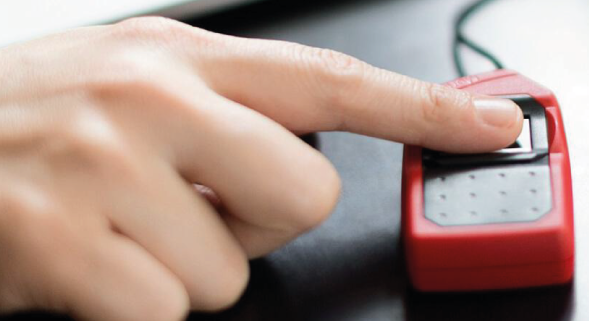A Detailed Guide on Biometric Technology
Biometrics are a set of technological processes used to authenticate, recognize and identify a person on behavioural or physical characteristics. Biometric sensors are automated authentication or identification devices that help verifing a living person’s identity using physical attributes like facial images, iris, fingerprints, and voice recognition.
The characteristics of a biometric must be unique, invariable or universal. Biometrics are very accurate. Biometric authentication is convenient to mobile and connected customers since it involves using a simple method other than applying the traditional ways of using pins and passwords. Personal identification is used for many desktop applications whenever you have to pay or access to your workstations for instance. There are two types of biometrics;
Physiological Biometric
This biometric involves using the face, fingerprints, iris and DNA to sense a person.
- Fingerprint sensors recognition works by taking a person’s fingerprint image and recording its features. Matching the fingerprints leads to the opening of the particular device in use.
- Face recognition identifies the image of a person then compares and analyses the patterns. It is primarily used in security systems.
- Iris recognition is a biometric that identifies the patterns of the iris, which is easily noticeable on a close range.
Methods used to capture fingerprints uses optical sensors that use a CCD or CMOS image sensor. The solid-state sensors apply transducer technology that uses thermal, piezoelectric sensors, captive or electric fields.
Behavioural Biometric
It is biometric that involves writing a signature, keystroke, or voice.
- Voice recognition produces speech patterns that can easily be captured by speech technology.
- Signature recognition is applied by comparing the visual images of signatures.
IDEMIA are experts in biometric technology that work on a combination of advanced facial, iris and fingerprint recognition algorithms. They operate on high-level performance developments and the production of biometric devices that can last for many years.



